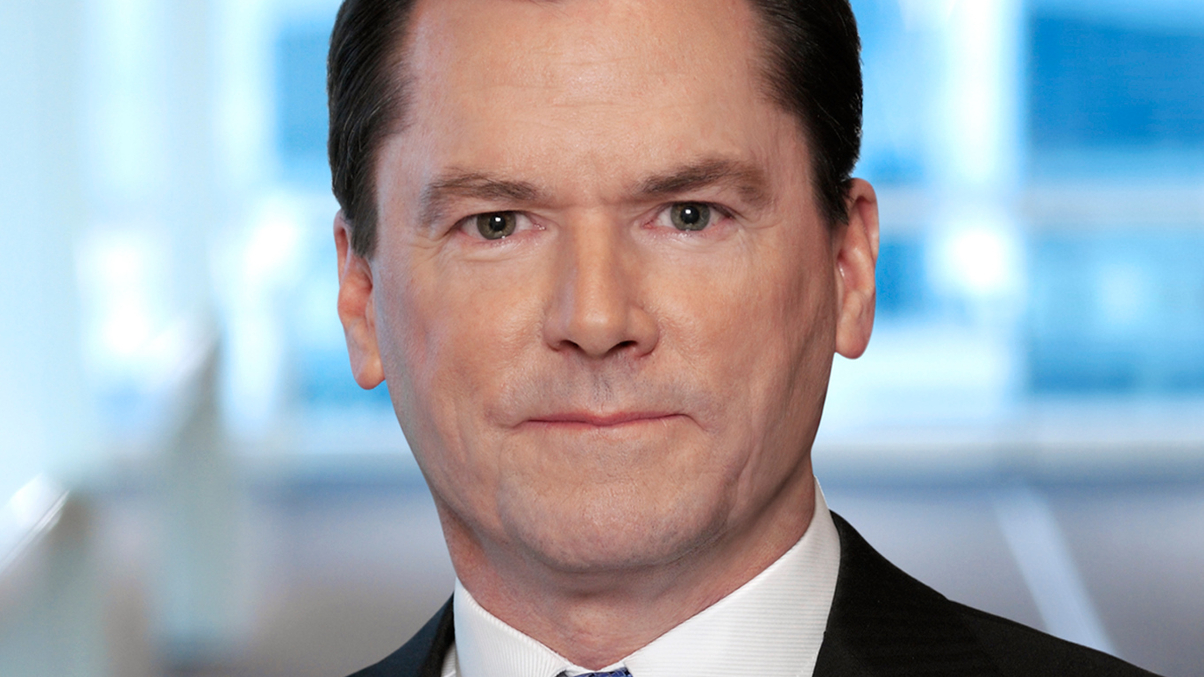State Street likely to acquire more custody and fund-admin businesses
In the first part of a two-part Q&A, Jay Hooley, Boston-based chief executive of State Street, talks about how the US financial reforms might affect his business.

Joseph ‘Jay’ Hooley has been chief executive of State Street Corporation since March 1 this year and president since April 2008. He was named chief operating officer in April 2008, before which he had been an executive vice president since 2000. Hooley joined State Street in 1986, and before that he worked at companies including telecoms firm AT&T and International Financial Data Services.
Sign in to read on!
Registered users get 2 free articles in 30 days.
Subscribers have full unlimited access to AsianInvestor
Not signed up? New users get 2 free articles per month, plus a 7-day unlimited free trial.
¬ Haymarket Media Limited. All rights reserved.


